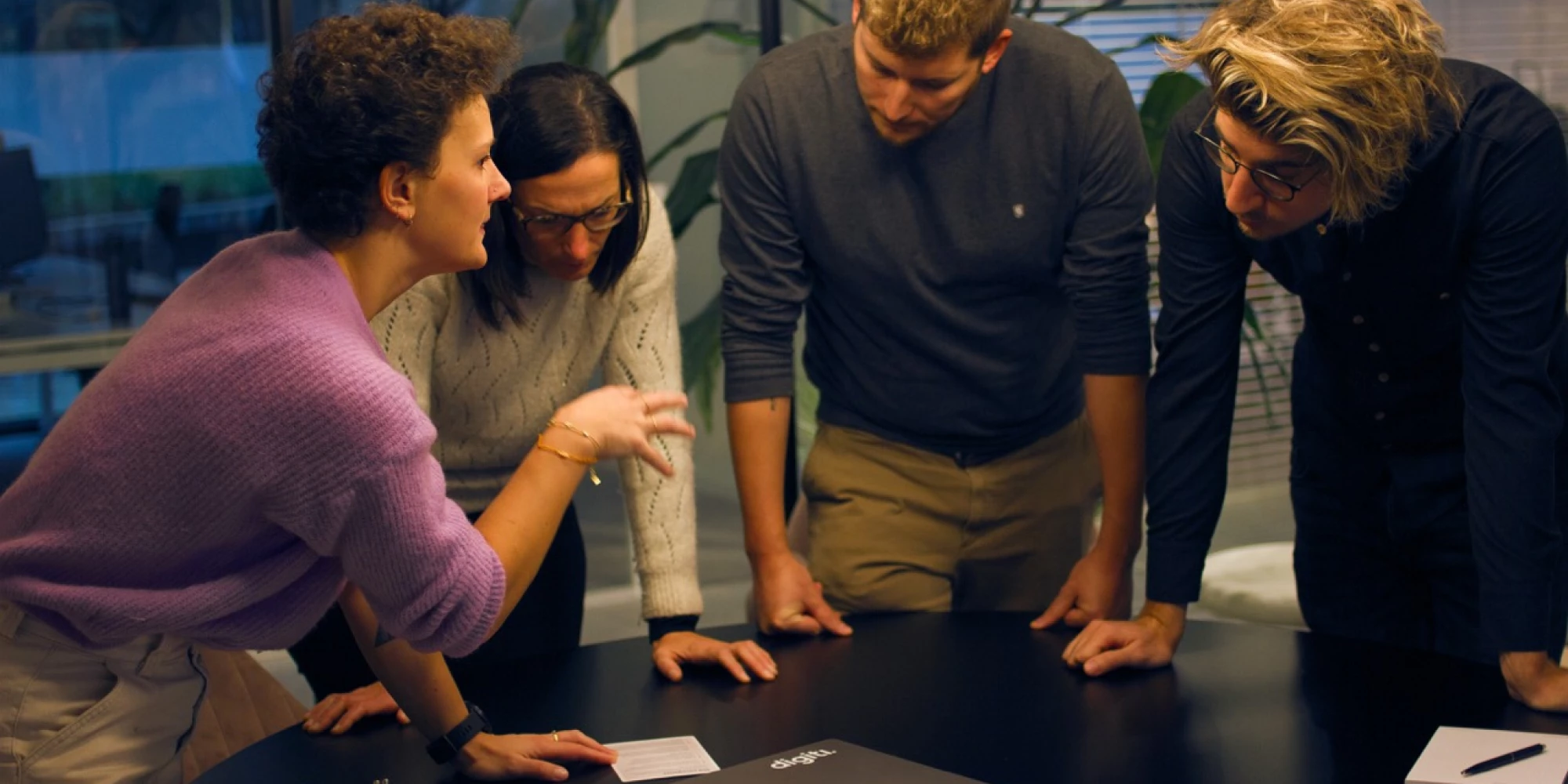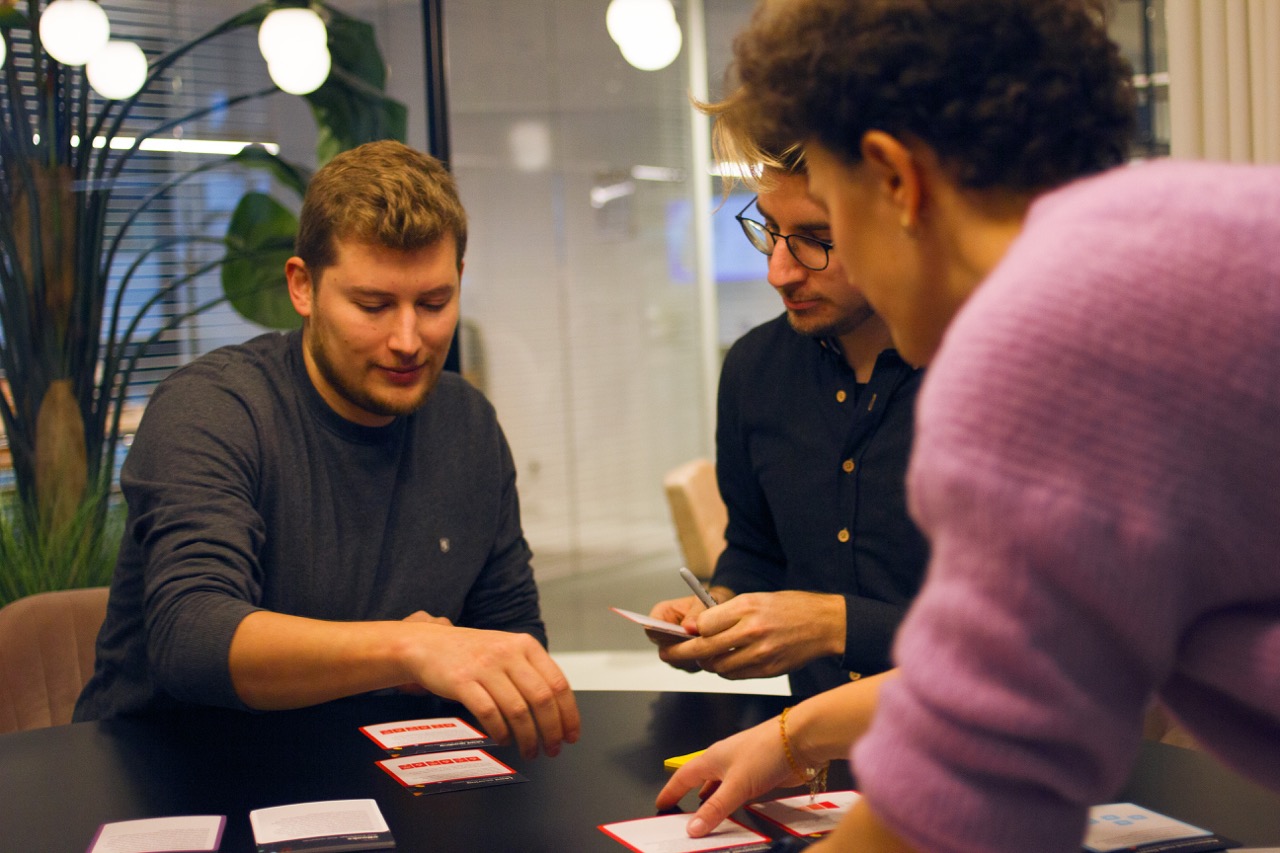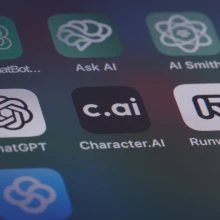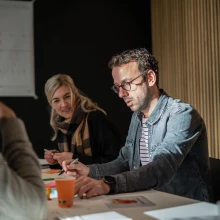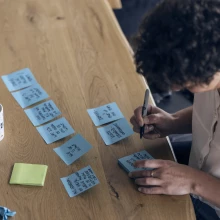1. Establish clear objectives
Your first task is to define clear, achievable objectives for the brainstorming session. This involves understanding and communicating the purpose of the meeting, which guides the discussion and keeps it aligned with the desired outcomes. Objectives can range from generating new ideas to solving specific problems or exploring opportunities.
2. Create an inclusive environment
A key responsibility is to create an environment where all participants feel comfortable and empowered to contribute. This means actively encouraging diversity of thought and ensuring that all voices are heard. This inclusivity not only enhances creativity but also ensures a comprehensive understanding of the topics discussed.
3. Balance participation
Effective facilitation involves balancing the participation of all members. This means encouraging quieter participants to share their ideas while managing more dominant personalities to prevent them from overpowering the conversation. This balance ensures a wide range of perspectives are considered.
4. Ensure efficient time management
Time management is crucial in maintaining the session's momentum. You must structure the session efficiently, allocating appropriate time for each activity and discussion while avoiding unnecessary tangents. This focused approach maximizes productivity within the available time.
5. Embrace divergent thinking
Encourage divergent thinking – the ability to think out of the box and explore unconventional ideas. This approach often leads to more innovative and creative solutions that conventional thinking might overlook.

